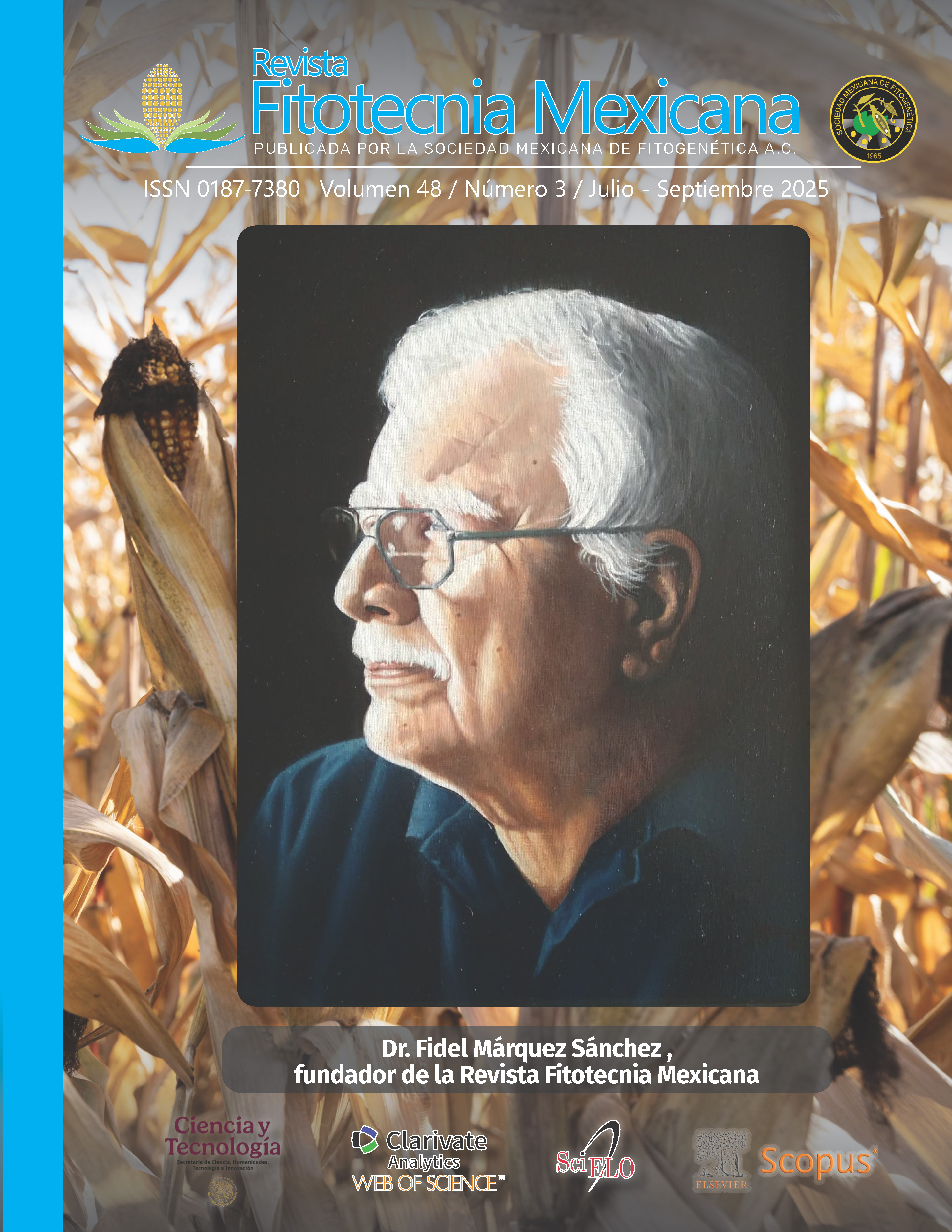Auricularia, A MUSHROOM NATIVE TO TROPICAL REGIONS OF MEXICO: A REVIEW OF ITS CULTIVATION AND FUNCTIONAL PROPERTIES
Main Article Content
Abstract
Auricularia is one of the most widely traded edible mushrooms worldwide and is considered the first cultivated mushroom in history. This mushroom can be produced in a wide variety of substrates and its fruitbodies are valued in different regions of the planet, where they are marketed and consumed. This, in turn, represents a potential contribution to diversification in the domestic and international food market. The chemical composition of Auricularia fruitbodies is interesting from the point of view of health benefits. Some species such as A. auricula and A. polytricha have been reported to possess compounds that have an antimicrobial, lipid-lowering effect and may help inhibit the replication process of HIV-1. They also contain various bioactive substances that give them antitumor, cardioprotective, and antioxidant properties, so their consumption can provide benefits to humans. Because of this, Auricularia is considered a mushroom with viability of use for obtaining different bioactive compounds and as a useful resource for the development of nutritious and functional products. Species of this genus are found growing in tropical areas of Mexico, and in some regions it is accepted as an edible mushroom. Interest in its cultivation is notable in Asia, but limited in Mexico, so its production should be promoted; in addition, its biotechnological applications can prove useful for the food and pharmaceutical industries and the development of functional products. The objective of this review is to show the biotechnological considerations associated with Auricularia, for its cultivation, distribution in tropical areas of Mexico and its functional properties.

